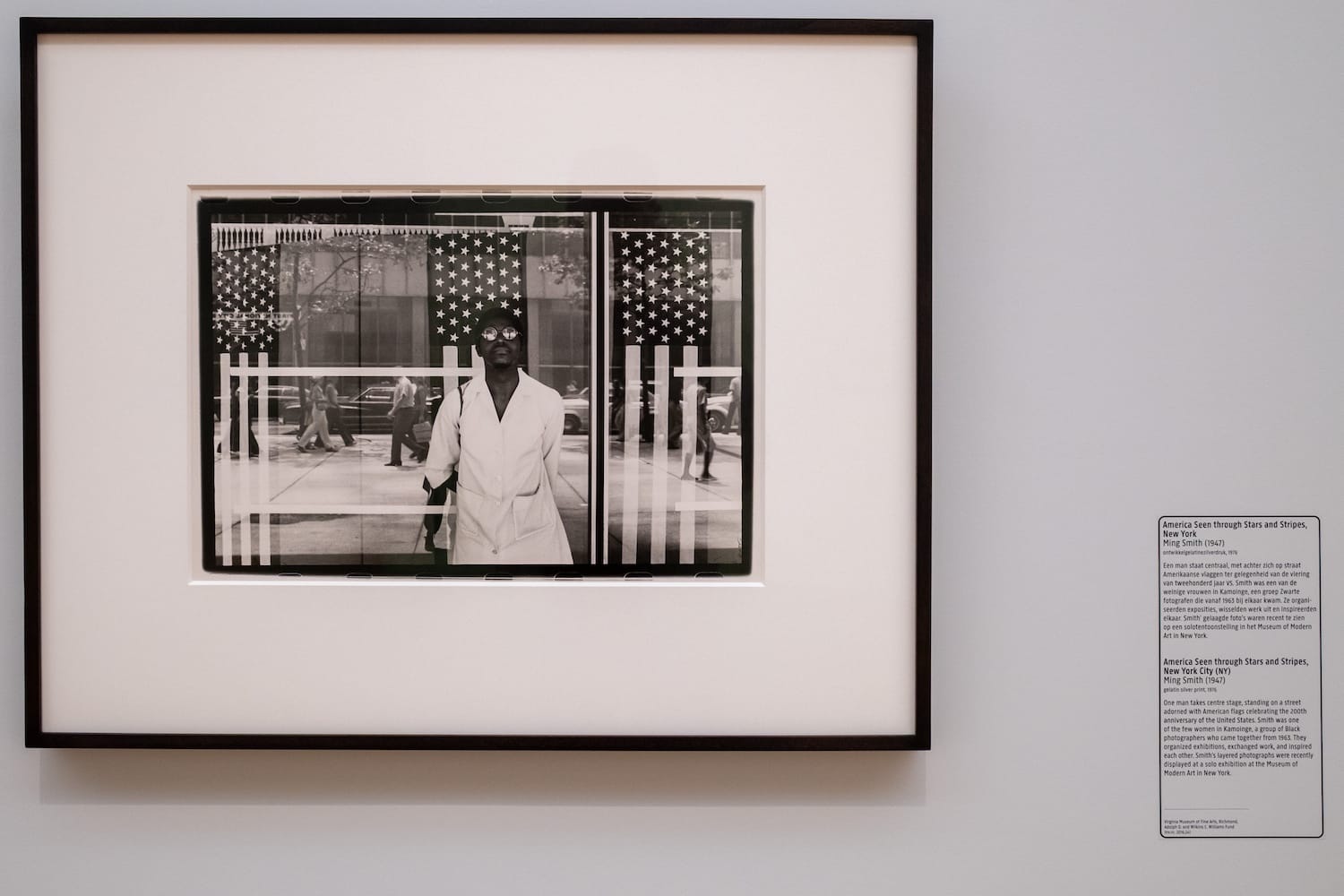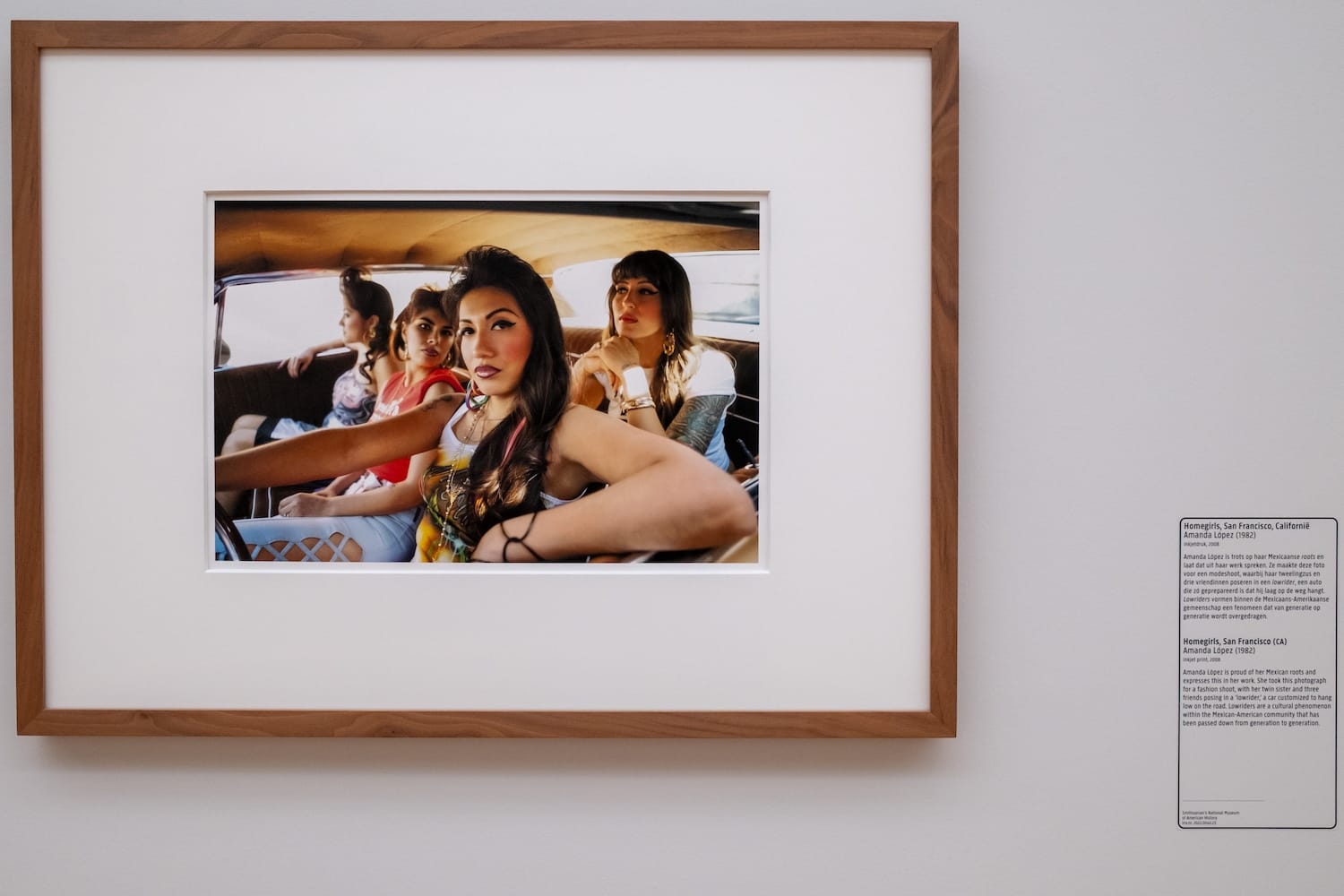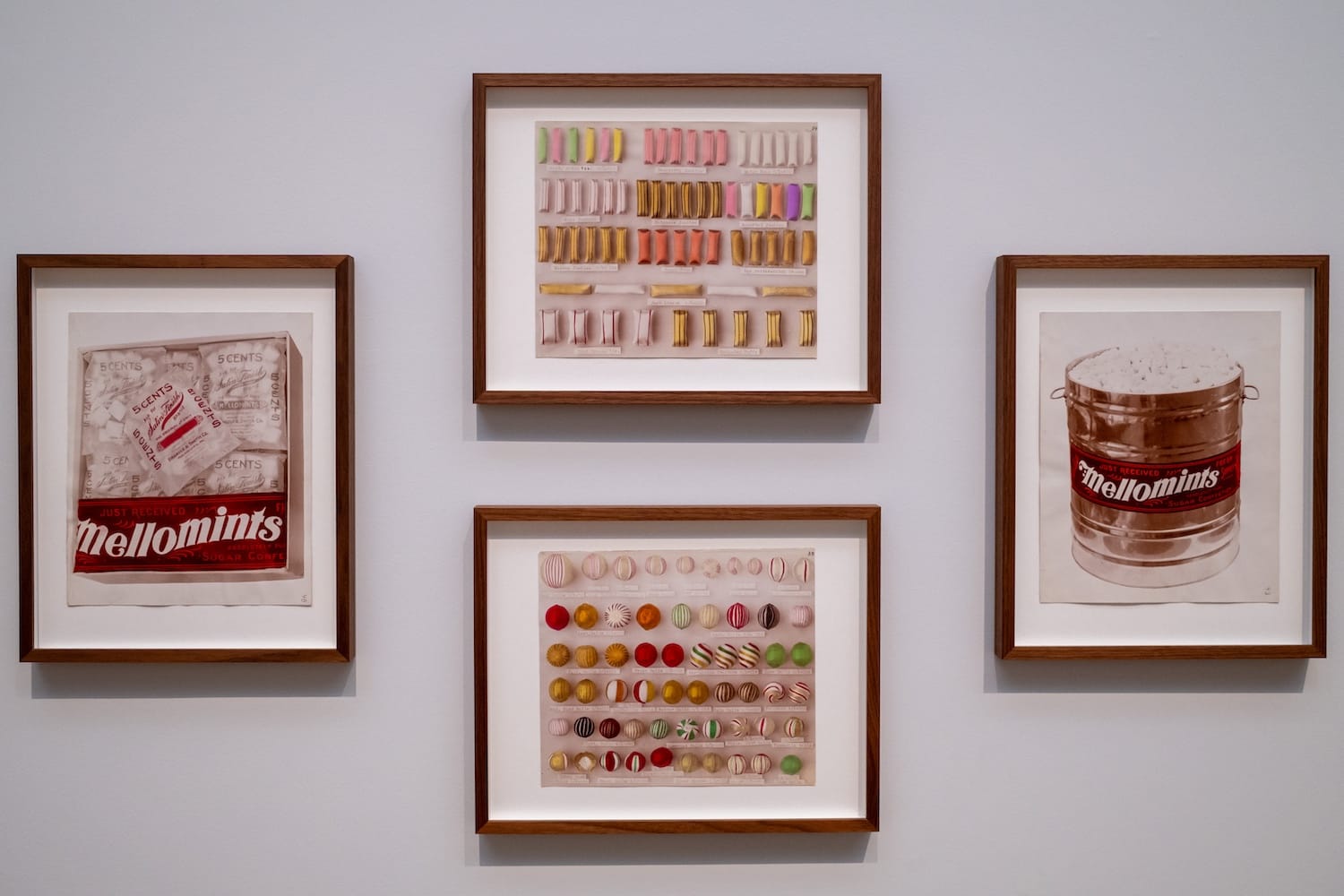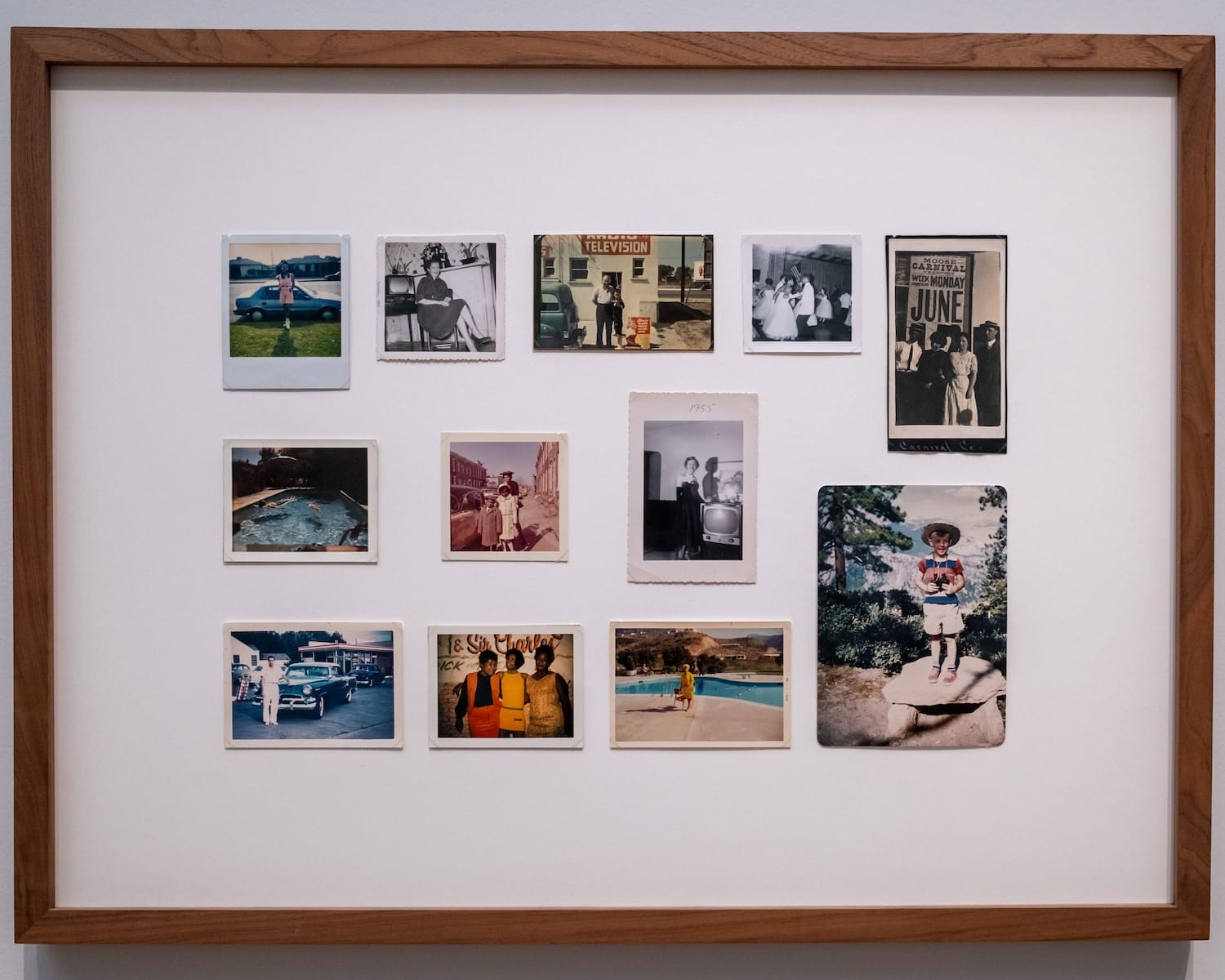I was a bit puzzled when I read that the Rijksmuseum had organized an exhibition of American Photography. It is in fact the first major European survey of American photography and spans the period from the invention of photography to the present day.
The exhibition opens with Ming Smith's 1976 portrait "America Seen Through Stars and Stripes", which also serves as a billboard for the exhibition: a powerful image of a Black man in reflective sunglasses against an American flag that sets the tone for this comprehensive exploration of American identity. Drawing from the museum's collection of 7,000 American photographs plus targeted loans, the exhibition examines how photography has captured the complex reality of American life, from its aspirations to its contradictions.


The exhibition is organized thematically into sections like "Face to Face”, "At Home”, "On the Road”, "Selling Points" and "Death and Disaster”, presenting photography not as fine art but as a democratic medium that shaped American identity. The show deliberately mixes anonymous snapshots, commercial work, propaganda and iconic photographs, including works by Robert Mapplethorp and Nan Goldin, without hierarchy, creating a kaleidoscopic panorama. Throughout, the American flag serves as a recurring motif of both hope and despair, appearing on cigarette packets promoting Eisenhower or billowing gloomily in Robert Frank's critique of American parades. This approach reveals photography's role as both documentary tool and mythmaker in American society.
The exhibition traces photography's evolution from its earliest days, beginning with Henry Fitz's experimental 1840 self-portrait daguerreotype and Thomas Easterly's dignified 1847 portrait of Chief Keokuk. These early images already hint at the racial and cultural tensions that would define American photography. The medium quickly became inseparable from social issues, as seen in the circulation of "The Scourged Back" (1863), taken in Baton Rouge, Louisiana, a powerful abolitionist image of an enslaved person's whip-scarred back, and later in Jack Jenkins' 1957 photograph of Elizabeth Eckford facing a hostile white mob at Little Rock Central High School. These images demonstrate photography's power to both expose injustice and advocate for change.

The commercial imperative that drove American photography's innovation is a dominant theme throughout the exhibition. Competition in America's consumer-driven society forced photographers to be inventive and original, creating avant-garde work that was seldom recognized as art. Examples include a 1911 cubist-influenced advertisement for Kahn Brothers tailors and Schadde Brothers' 1915 modernist grid of sweets that anticipated Andy Warhol's pop art by half a century. This entrepreneurial spirit extended even to landscape photography, where Carleton Watkins created both sublime images of Yosemite's Cathedral Rock and equally beautiful documentation of destructive hydraulic mining operations to attract investors.
The exhibition reveals the persistent tension between America's idealized self-image and its harsh realities. This duality is powerfully illustrated by contrasting Robert Frank's moody, critical photographs from "The Americans" (1960) with contemporaneous glossy magazine covers promising material happiness. The show includes poignant examples of both American dreams and their destruction: a proud Black family posing beside their Cadillac in 1962, representing aspirational mobility, displayed near images of segregation and violence. Later photographs chronicle ongoing struggles, from Nina Berman's devastating portrait of Iraq War veteran Tyler Ziegel's wedding to his childhood sweetheart, a marriage that would end in divorce within a year, with Ziegel dying of an overdose at 30.

The exhibition succeeds in presenting photography as the perfect medium for documenting American life and society: fast, accessible, and innovative. It highlights lesser-known photographers and anonymous images alongside famous works, creating a comprehensive portrait of the nation's complexity. The show includes fascinating collections like Peter J. Cohen's amateur snapshots sorted by category ("Views from the car," "Ladies by televisions") and mysterious 1930s cyanotypes of human torsos discovered at a Manhattan flea market, later revealed to be from medical studies using the bodies of Black Chicagoans. By presenting this vast array of images without traditional hierarchies, the Rijksmuseum's exhibition demonstrates how photography created American identity while simultaneously revealing the contradictions, fragility, and ongoing struggles within that identity.
American Photography is at the Rijksmuseum, Amsterdam until 9 June 2025.